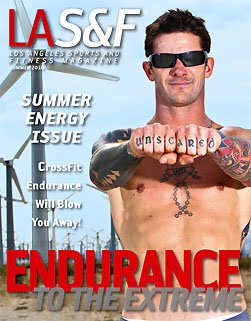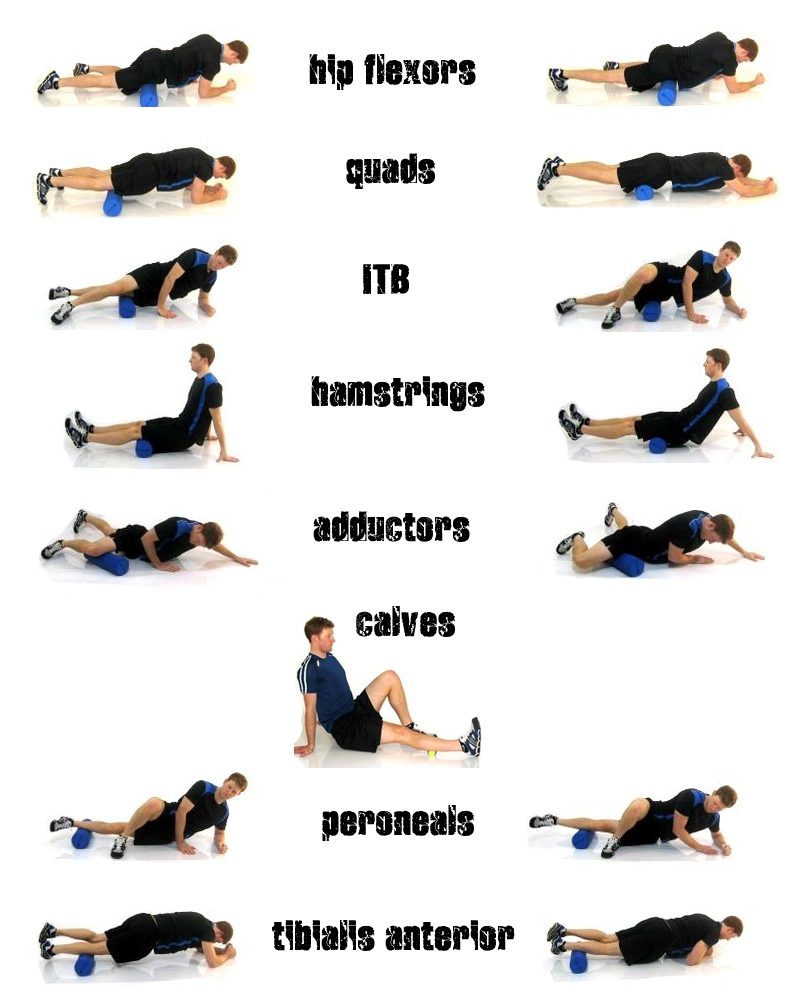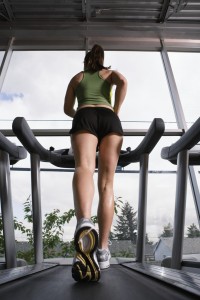Perth is full of fun runs, triathlons, marathons and a range of running clubs and venues, so it’s no surprise that much of the population likes to test themselves and see how fast they can run and how fit they can get.
Most people will start training for a race or fun run by running as far as they can each day until they make the distance and know they can complete it. Sometimes there’s some intervals in there too. Or they pick up a program from the internet and start clocking up the k’s so they can build their endurance that way. It’s what I would have done in my younger days.
That’s not the way I would do it.
Both models involve too much distance running.
 I know that’s the point but there is an easier way. Now I haven’t run for a few years and haven’t even competed in a fun run since primary school, so why would you listen to me?
I know that’s the point but there is an easier way. Now I haven’t run for a few years and haven’t even competed in a fun run since primary school, so why would you listen to me?
Well I’ve been experimenting with some of these different techniques for 10 years, and recently have found some solid evidence and programming from several respected Strength Coaches about a more efficient way to train.
Most recently I’m listening to Brian MacKenzie who has run several Ultra Marathons (100+ km) including the Angeles Crest 100 which he completed on an average of 6.5 hours total training time per week!
I first heard about Brian Mac in a Crossfit DVD as he was coaching one of the ex pro-NFL players from his gym in Newport, California. Then he popped up again in Tim Ferris’ book ‘The 4 Hour Body.’ Then I dug deeper and read more about Brian on the Crossfit Endurance website which he founded. He is a very smart man when it comes to distance running.
4 Categories For Improving Your Running
1. Preparation
2. Strengthening
3. Running
4. Recovery
Preparation
I’m going to address this whole topic as if starting from scratch so that inexperienced runners can start from the beginning and follow the recipe, and more experienced runners can adapt some new strategies.
If you haven’t run for a while or never done much serious running, you probably need to mobilize your joints, and stretch and strengthen your muscles before you start running to reduce the risk of causing yourself an injury.
Foam Rolling
Most people are tight in their hip flexors, quads and lower back. If this is the case you will also notice tight hamstrings and sometimes calves, but they aren’t always tight, just over stretched. When the aforementioned muscles are tight, they tilt the pelvis forward which overstretches the hamstrings and often leave you with a sore lower back.
This is most likely a result of sitting too much and will cause you to lean forward when you run and cause your hamstrings to work overtime instead of the much larger and stronger glutes. Foam rolling the hip flexors, quads, lower back, Illiotibial Band (ITB) and hamstrings will start to loosen the muscles fairly quickly and this is the first place to start.
Why foam rolling? Why not stretching?
Well you actually need both, but before you can get a good stretch you need to massage the knots or scar tissue out of the muscles. A massage therapist can do this for you but a foam roller can be used daily and is much cheaper. If you don’t have a foam roller and want one you can pick one up here: http://www.travissawyer.com/2011/09/08/foam-rollers-and-why-you-should-be-using-one.
You may not have time to do your foam rolling before each time you run or workout, but the more you do the better your muscles will feel. Foam roll at the end of the day in front of the TV or when you are done with a workout or just do a few muscle groups regularly rather than trying to do it all and not doing any.
Roll the following muscles daily or every second day for 30-60 seconds each side, either before a run or strength workout or by itself.
WARNING: Do not roll on recently injured areas, bony prominences or joints, or if you have circulatory problems
such as fibromyalgia.
 Click on the picture or the following text to download the Foam Rolling Work Sheet: FoamRollingWorkSheet.
Click on the picture or the following text to download the Foam Rolling Work Sheet: FoamRollingWorkSheet.
Mobilize The Joints
Once you have done your foam rolling you need to mobilize your joints to increase the range of motion of that joint. This helps loosen the joint more and allow you to move more freely. We use dynamic stretches to accomplish this. If you watch any professional sports team or athlete you will see them doing this in their warm up.
Exercises include lunge variations, squat variations, running drills with high knees, butt kicks, side shuffles, etc, shoulder circles and thoracic rotation among others. You may wonder why the upper body needs warming up before a run but the body moves as a whole unit and twinges in your upper body can affect your running. A few times I have had shoulder or mid back twinges that stopped me running at full effort.
The following mobility exercises should be included in your warm up before you run or strength train.
Complete around 10 reps for each exercise or side of the body. The warmup should take you between 2-5 minutes.
Keep checking back as Part 2 will be coming soon.

